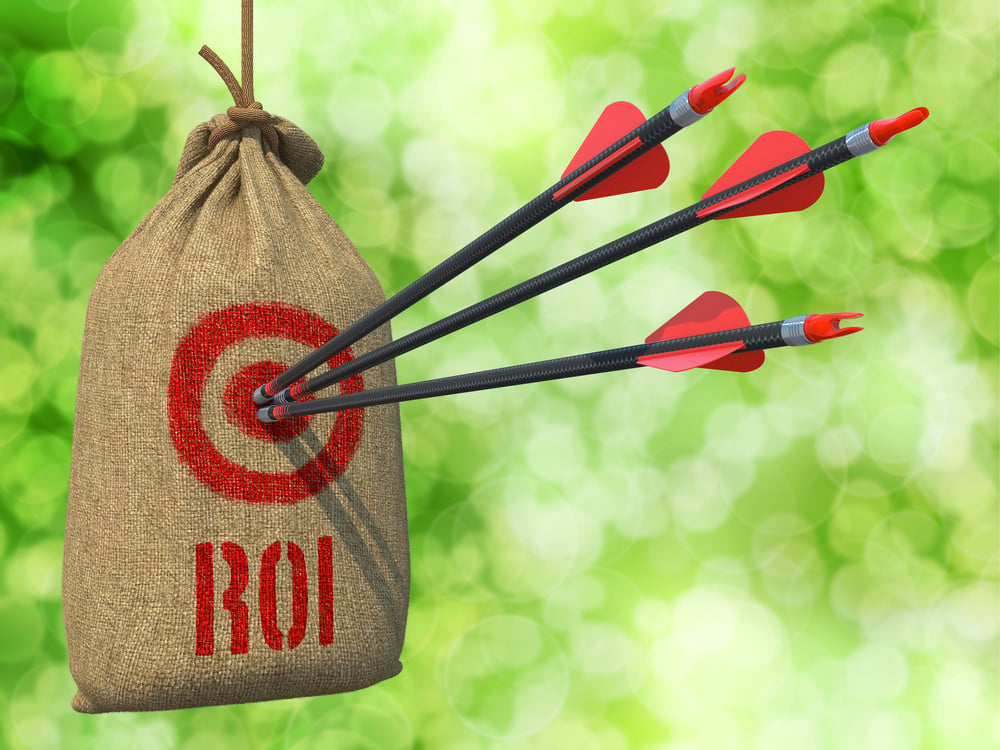Solar Batteries: Are They Worth It? A Complete Guide to Solar Battery Storage
When you think about going solar, you probably picture panels on your roof soaking up sunlight and turning it into electricity to power your home....
6 min read
Peter Swenson : Aug 26, 2024 8:30:00 AM

Imagine a future where your home’s energy comes from the sun, where you’re cutting costs on your energy bill while reducing your carbon footprint. That’s the promise of solar energy, and it’s more accessible than ever. With increasing interest in clean, renewable energy sources, solar energy is now one of the most popular options for homeowners who want a more sustainable lifestyle and a bit more control over their energy.
In this blog, we’ll dive into everything you need to know about solar energy—from how it works to the major benefits, limitations, and what to consider before making the switch. By the end, you’ll understand why so many people are going solar and whether it’s right for you.
At its core, solar energy is about capturing the power of sunlight and converting it into usable electricity. Unlike fossil fuels—such as coal, oil, and natural gas—solar energy is renewable, abundant, and clean. The sun is a powerful source of energy that reaches Earth in the form of sunlight. Solar technology captures this sunlight and converts it into electricity, which can then power anything from a single lightbulb to an entire home or building.
The rise of solar energy isn’t just about individual choice; it’s part of a larger movement toward sustainable living. With increased awareness about environmental issues, more and more people are looking for ways to reduce their carbon footprint, and solar energy is one of the most effective methods.
The science behind solar energy may sound complex, but it’s essentially the conversion of sunlight into electricity through a process called the photovoltaic effect. Here’s a closer look at each step in the process:
Photons Hit the Solar Panels: Sunlight consists of tiny particles called photons. When sunlight hits a solar panel, these photons interact with the materials within the photovoltaic cells—typically silicon—causing electrons to become excited and start moving.
The Photovoltaic Effect: This interaction is known as the photovoltaic effect. The energy from the photons causes electrons in the silicon to move, creating an electric current. This current is direct current (DC) electricity, which flows in one direction.
Inverter Converts DC to AC: Your home runs on alternating current (AC) electricity, which flows back and forth. To make solar power usable in your home, an inverter converts the DC electricity generated by the solar panels into AC electricity.
Electricity Powers Your Home: Once converted, the electricity flows through your home’s electrical panel, providing power to your appliances and devices. Any excess electricity generated can be stored in batteries or sent back to the grid, depending on your setup.
Energy Storage and Grid Connection: If your system produces more energy than you need, the surplus can be stored in a battery or sent back to the power grid. Many homeowners receive credits from their utility companies for this excess energy, helping reduce energy bills even further.
When considering solar energy, it’s essential to understand that there are different types of solar systems available. The choice depends on your energy needs, budget, and location. Here are the main types:
Solar energy isn’t just a trend—it has tangible benefits that make it an attractive option for homeowners and businesses alike.
While solar energy has many advantages, it’s essential to weigh the limitations and practical considerations before committing to a solar installation.
One of the biggest hurdles to adopting solar energy is the initial cost. However, there are various financing options available that can make going solar more affordable.
The solar industry is rapidly advancing, and new technologies are constantly emerging to improve efficiency and reduce costs. Here’s a look at some exciting developments:
With declining costs and technological advancements, the future of solar energy looks promising. Many governments and companies are investing heavily in solar technology, and innovations continue to make solar energy more accessible. As the world shifts towards renewable energy, solar power is likely to play a leading role in a cleaner, more sustainable future.
Solar energy is more than a way to cut down on energy costs; it’s a path to a sustainable, independent, and eco-friendly future. With the right system, you can harness the power of the sun to save money, reduce your environmental footprint, and gain energy security.
If you’re considering solar energy for your home, weigh the benefits and limitations carefully, and explore your financing options. The path to solar power is a journey towards more than just savings—it’s a commitment to a brighter, greener future.

When you think about going solar, you probably picture panels on your roof soaking up sunlight and turning it into electricity to power your home....

6 min read
Switching to solar energy is an exciting decision, but it’s also a big investment, so knowing the financial benefits upfront is essential....

So, you’re thinking about going solar? Great choice! Solar power is one of the best ways to save on electricity bills, reduce your carbon footprint,...